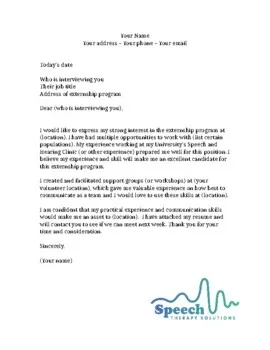Crafting a Compelling SLPA Cover Letter
A well-crafted SLPA cover letter is your first chance to make a strong impression on potential employers. It’s more than just a formality; it’s a vital tool to showcase your personality, qualifications, and enthusiasm for the position. This guide will walk you through the essential steps of writing an effective SLPA cover letter, ensuring you stand out from the competition and increase your chances of landing an interview. A cover letter allows you to elaborate on the information in your resume, providing a narrative that highlights your key strengths and experiences in a way that a resume alone cannot.
Understanding the Purpose of a Cover Letter
The primary goal of an SLPA cover letter is to introduce yourself to the employer and demonstrate why you’re the perfect fit for the role. It serves as a personalized introduction, allowing you to connect your skills, experience, and passion for speech-language pathology to the specific requirements of the job. A cover letter should not simply repeat the information found in your resume; instead, it should expand on it, providing context, demonstrating your understanding of the position, and illustrating your suitability for the role. It gives you an opportunity to showcase your writing skills and your attention to detail, both crucial qualities for an SLPA.
Highlighting Your Qualifications
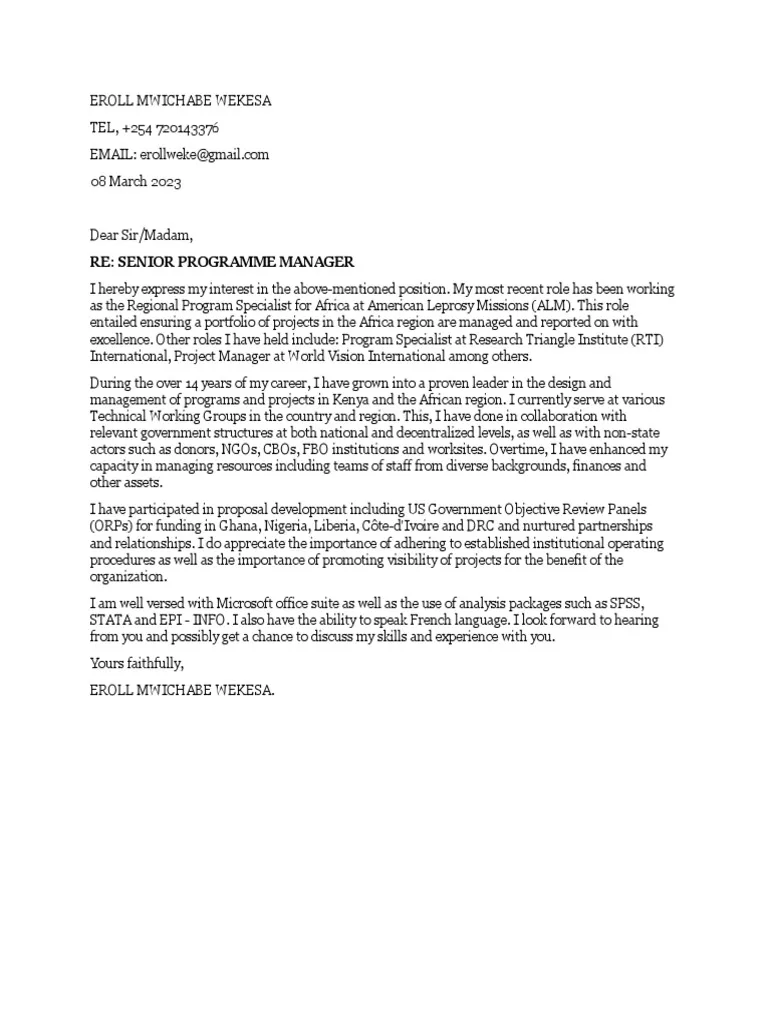
The heart of your SLPA cover letter lies in highlighting your qualifications. This section is where you showcase your education, certifications, and relevant experience. Provide specific examples of how your skills align with the job requirements. It’s not enough to simply list your qualifications; you must demonstrate how they translate into value for the employer. For example, if the job description emphasizes experience working with children with autism, be sure to highlight any relevant experience you have in that area, providing concrete examples of your work and its positive outcomes.
Education and Certifications
Clearly state your educational background, including the name of your program and the date of completion. Mention any relevant certifications you hold, such as the SLPA license in your state. If you’re a recent graduate, emphasize any coursework or clinical experiences that are particularly relevant to the position you are applying for. If you have completed continuing education courses or workshops, especially those focusing on specific populations or therapy techniques, be sure to include them here as well. Accuracy is key here, double-check all dates, program names and credentials.
Relevant Experience
Describe your previous SLPA experience, including the setting (e.g., schools, hospitals, private clinics), the populations you worked with, and the types of duties you performed. Use action verbs to describe your responsibilities, such as ‘assessed,’ ‘implemented,’ ‘collaborated,’ and ‘documented.’ Whenever possible, quantify your achievements. For example, ‘assisted in providing therapy to 20+ students per week’ or ‘contributed to a 15% improvement in articulation skills.’ This section should demonstrate your hands-on experience and your ability to contribute to a speech-language pathology team immediately.
Tailoring Your Cover Letter to the Employer

A generic cover letter will rarely make a strong impression. Tailor your cover letter to each employer and position you apply for. This shows that you’ve invested time and effort into understanding their specific needs and that you are genuinely interested in working for them. It’s crucial to customize your letter to align with the job description and the values of the organization. This personalization demonstrates that you’re not just sending out mass applications and that you have a sincere interest in the specific opportunity.
Researching the Employer and the Position
Before you start writing, research the employer. Visit their website, read their mission statement, and learn about their values and the populations they serve. Understand the specific requirements of the position. Pay close attention to the keywords used in the job description. Identify the skills and experiences that the employer values most. This research will help you tailor your cover letter to address their specific needs and demonstrate your understanding of their organization. If possible, try to find out who the hiring manager is and address your letter to that person by name.
Matching Skills to the Job Description
Carefully review the job description and identify the key skills and qualifications the employer is seeking. Then, use your cover letter to demonstrate how your skills and experience match those requirements. Provide specific examples of how you’ve successfully utilized those skills in previous roles. For instance, if the job description requires experience with augmentative and alternative communication (AAC) devices, mention your experience with those devices and the positive outcomes you achieved. This targeted approach shows the employer that you possess the qualities they are looking for and that you’re ready to contribute to their team.
Writing a Strong Opening
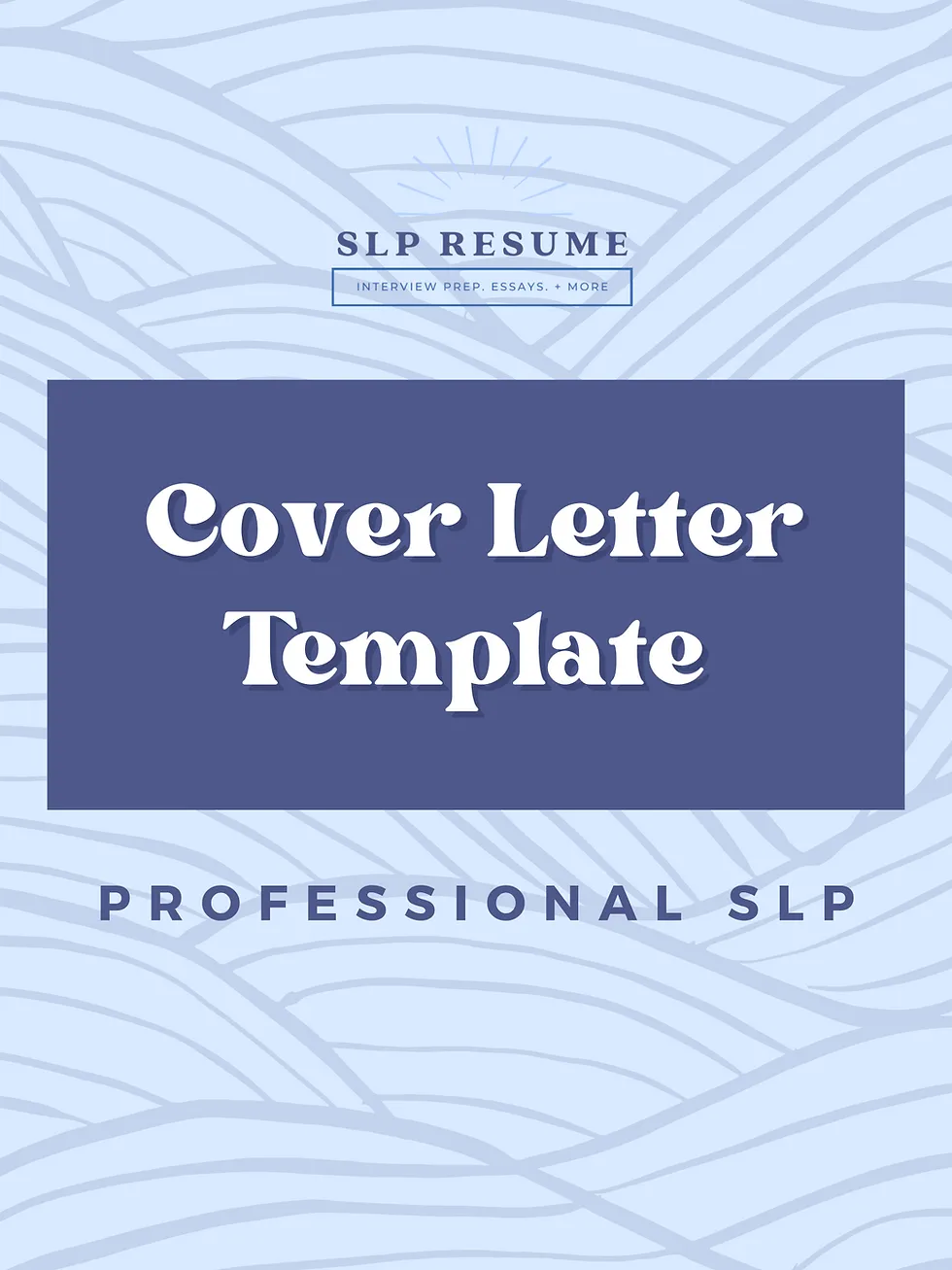
The opening of your SLPA cover letter is critical. It sets the tone for the rest of the letter and grabs the reader’s attention. A strong opening is concise, compelling, and clearly states your purpose for writing. It should make the reader want to learn more about you and your qualifications. Avoid generic openings like ‘I am writing to express my interest…’ Instead, aim for something that highlights your enthusiasm and demonstrates your understanding of the position and the employer.
Grabbing the Reader’s Attention
Start with a strong, attention-grabbing statement that immediately captures the reader’s interest. You might mention a mutual connection, reference a specific program or initiative that interests you, or highlight a relevant achievement. Consider stating the position you are applying for and how you found it. The goal is to make a positive first impression and encourage the reader to continue reading. Your opening should demonstrate your understanding of the role and your enthusiasm for the organization.
Stating Your Purpose Clearly
In the opening paragraph, clearly state the position you are applying for and where you saw the job posting. Briefly summarize your key qualifications and your interest in the role. This ensures that the reader immediately understands the purpose of your letter. This clarity helps the hiring manager quickly grasp the purpose of your letter and understand why you are a suitable candidate. Keep it concise and to the point.
Showcasing Your Achievements
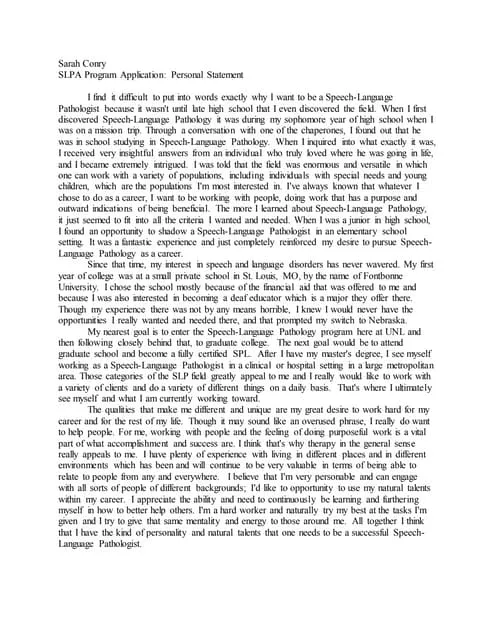
Use the body of your SLPA cover letter to showcase your achievements. This is where you demonstrate the value you can bring to the employer. Focus on providing specific examples of your successes and quantifying your accomplishments whenever possible. This section should build on the information in your resume, giving a detailed narrative of your abilities and results. Use this space to illustrate your skills in practice, providing insights into your experience and how you approach your work.
Quantifying Your Accomplishments
Whenever possible, quantify your accomplishments. Use numbers and data to demonstrate the impact of your work. Instead of saying ‘Improved patient outcomes,’ say ‘Improved patient outcomes by 15% through the implementation of evidence-based therapy techniques.’ Quantifiable results make your achievements more tangible and convincing. It shows the employer that you are results-oriented and that you understand the importance of measuring progress. This approach can make a significant difference in how your cover letter is perceived.
Providing Specific Examples
Provide specific examples to illustrate your skills and experience. Instead of simply stating that you have experience working with children with autism, describe a specific situation where you successfully implemented a therapy technique, such as picture exchange systems (PECS), and the positive outcome that resulted. Be clear and concise in your descriptions. Examples create a vivid picture of your abilities and make your cover letter more engaging and memorable. These examples will help the hiring manager understand the practical application of your skills.
Demonstrating Your Enthusiasm
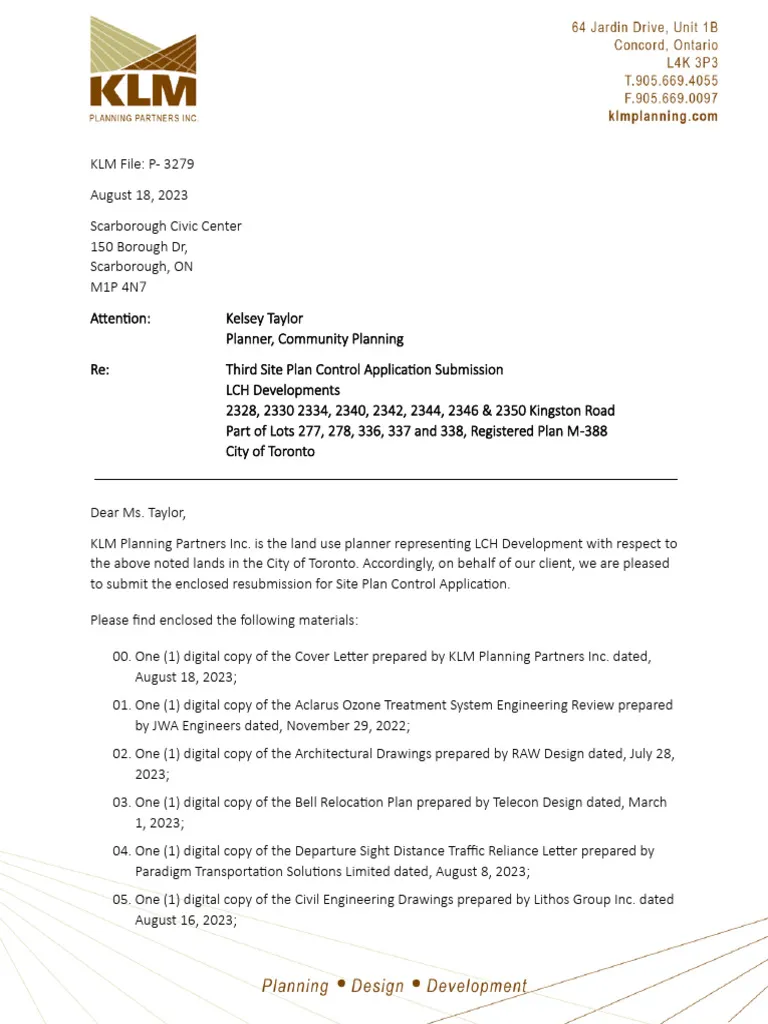
Throughout your SLPA cover letter, demonstrate your enthusiasm for the position and the employer. Show that you are genuinely interested in the opportunity and excited about the prospect of contributing to their team. This will reflect positively on you and demonstrate your passion for the field of speech-language pathology. Make it clear that you’re not just looking for a job but are genuinely interested in the company’s mission and values.
Expressing Your Interest in the Position
In the body of your letter, express your interest in the specific position. Explain why this particular role appeals to you and what excites you about the opportunity. Mention specific aspects of the job description that resonate with you, and how your skills and experience align with the requirements. Be genuine and sincere. Make it clear that you understand the responsibilities of the role and that you are prepared to meet its challenges. This demonstrates your initiative and eagerness to contribute.
Concluding Your Cover Letter
The conclusion of your SLPA cover letter is your final opportunity to make a positive impression. It should reiterate your interest in the position, express your availability for an interview, and include a call to action. A strong conclusion leaves the reader with a clear understanding of your qualifications and your enthusiasm for the opportunity.
Reiterating Your Interest and Availability
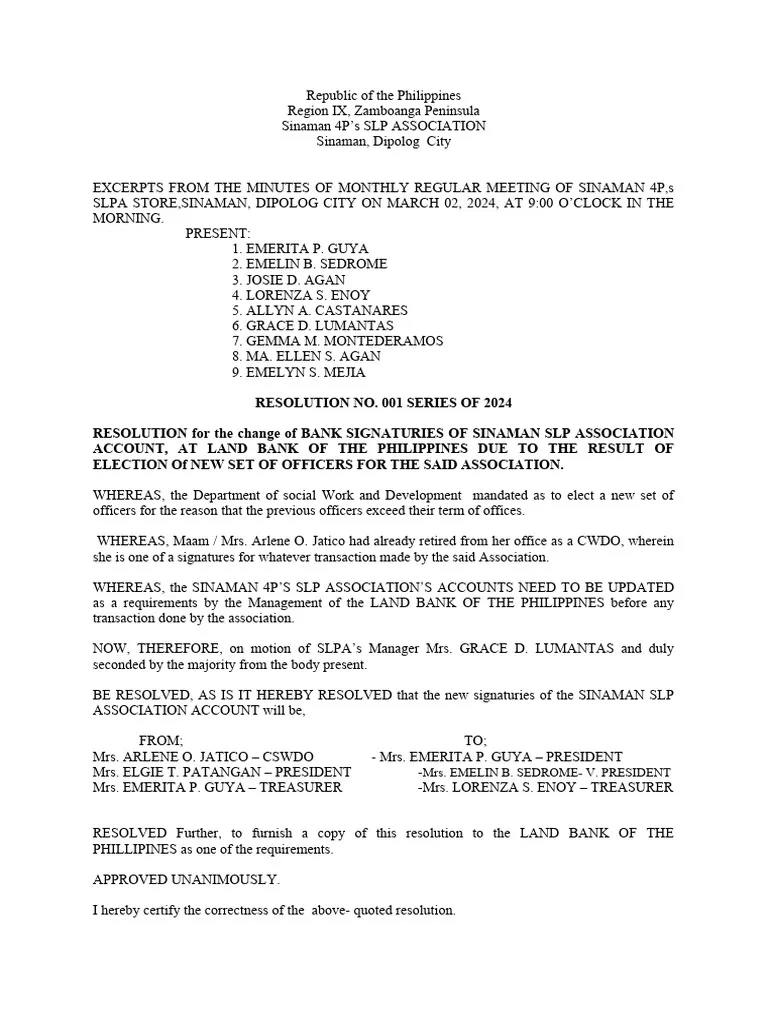
Reiterate your interest in the position and thank the employer for their time and consideration. Reaffirm your enthusiasm for the opportunity and your belief that you are a good fit for the role. Then, indicate your availability for an interview. Be clear about your availability and willing to accommodate their schedule. Making it easy for the hiring manager to contact you is essential.
Including a Call to Action
End your cover letter with a clear call to action. Invite the employer to contact you to schedule an interview or to discuss your qualifications further. Provide your contact information, including your phone number and email address. This is a crucial step; it encourages the employer to take the next step and consider you for the position. Ensure your contact information is easy to find and that you are responsive to communications.
Proofreading and Editing
Before submitting your SLPA cover letter, thoroughly proofread and edit it. Errors in grammar and spelling can create a negative impression and undermine your professionalism. Use a spell checker and grammar checker, but also read the letter carefully yourself. Ask a friend or colleague to review your letter as well. Fresh eyes can catch errors that you might miss. A polished and error-free cover letter demonstrates your attention to detail and your commitment to excellence. Make sure the formatting is clean and easy to read, and that the letter is well-organized and concise. Remember to adjust the sample to your specific needs and the job requirements.
